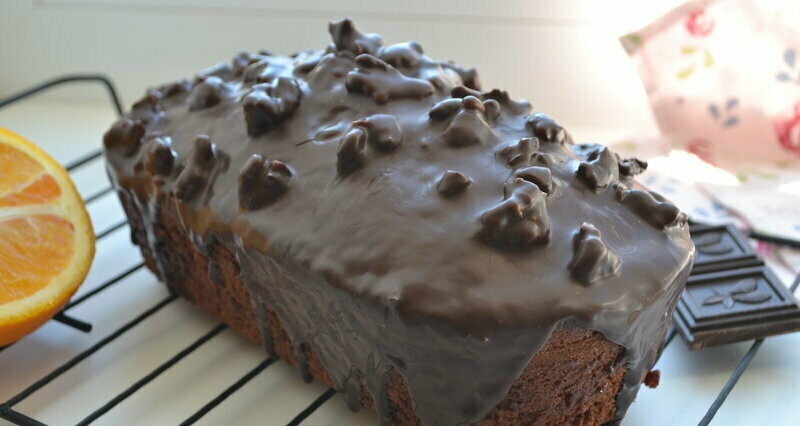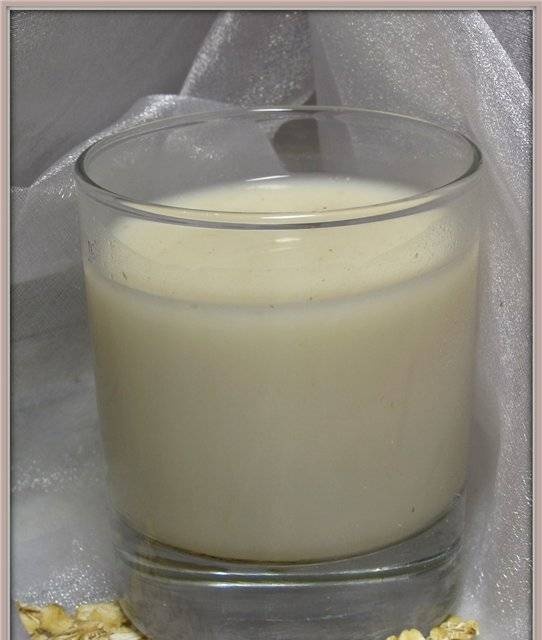I spread the information on the so-called. "ceramic" coating.
What is "ceramic"? In short, the main constituent is polyorganosiloxane. Such a gel With ceramics it has only silicon in common. And even then not in pure form, but its oxides. SiO.
This is written by a tableware seller. If you need a link, then I'll look. She was here. And you can find it yourself by googling. Here's a quote:
"" ... This is the result of the manufacturers' unscrupulous use of the name "ceramic coating": almost all, ninety-nine percent, buyers are sure that the "ceramic" coating entirely consists of the ceramics from which ceramic pots and porcelain plates are made. A small number of doubters simply do not understand how clay pottery can be non-stick. And no one realizes that in their pan is the same polymer as PTFE .... "
And here's another from there:
"... Some manufacturers write that their" ceramic "coating consists of natural materials.Another manufacturer NaturePan says: "The composition of the non-stick ceramic coating contains only natural materials such as: sand, water, stones." But there are no inorganic atoms (Si, Ti, Al), combined with organic radicals in nature. Buyers, having read about this composition, think that these stones are melted with sand, then poured into a pan, this is the ceramic coating ... "
By Greblon
Enough detailed information on the site. The manufacturer of this coating is indeed a German company. she has a permanent representative office in Russia. Some Russian aluminum cookware manufacturers use coatings from this coating manufacturer. C3 + is a premium 3-layer PTFE-based reinforced coating and CK2 is a 2-layer sol-gel "ceramic" coating 🔗 There is also a comparison in the description. Polyethyl teraphtolate versus polyorganosiloxane, that's the whole natural component.
🔗
And this is from the topic "Utensils for cooking" The topic is very large. Answers of the director of the Belarusian saucepan spruce plant.
Quote: konkolla from 06 Dec. 2012, 17:24
Recently, on some news portal, I came across a message that Europe banned the sale of all dishes that have a perfectly white ceramic non-stick coating. Since the natural color of ceramics is yellowish or brownish, some extremely harmful acid is used to bleach it. Some of this acid remains in the ceramics, and when heated, it turns into food ...
Who heard about this? After reading the first part of the topic, I realized that the so-called "ceramics" is not such at all, but still I wonder why such a perfectly white color is achieved?
Eh, an expert would come here ... Mr. Catlery, although too harsh, but something sensible, maybe he would utter about this ...
Well, if so, let me share with you what I think about this: in fact, these are all ordinary Internet stories. Because the "ceramic" coating is not non-stick at all, but just easy to clean. And there is no ceramics there - what kind of ceramics can be if the consequences of the sol-gel process are baked at + 180C. The fact that gives some properties to the surface is called polyorganosiloxane (silicone), which can be painted without problems in any color, including white without any "acid". In short, the usual PR war. Since there is some kind of "acid" in PTFE coatings, why not "find" it in the so-called "ceramic" coating. The Italians have long seen this situation and rivet pans with a normal high-quality PTFE coating, which will work for at least 3 years, and in the annotations they boldly write "ceramic coating" or "coating with ceramic particles". such is the "subtle" marketing ploy.
Here's another.
Quote: marinastom on Dec 27. 2012, 08:37
But mine is not a stainless steel, but with AP. So the droplets are collecting, and I'm afraid to overheat. Suddenly I'll ruin the new thing, it's a pity!
If you have an aluminum frying pan with AP, then the approach and methods of frying should be completely different. There is already polymer on the pan - if you have a traditional coating, it is PTFE. and if ceramic, then polyorganosiloxane. It is these polymers that ensure the non-sticking of the product in the first place. The surface itself has poor wettability (this is a physical property of the aforementioned polymers), which is why both liquid and oil roll into balls and drops without spreading into a film. The surface is initially "oily". In principle, you can not use oil for frying at all, if frying on polymer does not bother. Thermal conductivity for PTFE and polyorganosiloxane is different - for PTFE it is low, and for polyorganosiloxane it is very good, like all silicon-containing polymers. This naturally leads to the approach to heating pans with such coatings. But in any case, an aluminum frying pan with AP should not be heated at all like an uncoated stainless pan, it will not end well.A frying pan with a ceramic coating can be slightly greased, put the product in it and then heated, again controlling the process. This little oil will be just that indicator that will allow you not to overheat both the frying pan and the product. The main thing is not to jump over the smoking temperature of the oil, then the dish will not burn and the coating in the pan will not suffer. With PTFE coating it is a little easier - it can be heated up to 150-170C and only then put the product there, again lightly greasing the pan. Again, using oil not as a raw material for obtaining a carcinogen, but as an indicator of overheating. From all of the above, the obvious conclusion follows that an aluminum frying pan with AP and a stainless frying pan with a mini or microgrill are, as they say, two big differences.
This link will take you to the above topic:
https://Mcooker-enn.tomathouse.com/index.php@option=com_smf&topic=173600.0
It is interesting about bowls of bread makers and cartoons
And here is a great proof article from a scientific point of view.
About "ceramic" coating
Unfortunately, these reviews will only be misleading for many. This "non-sticking" will soon pass (in a year or two). And if you accidentally overheat the frying pan,: think:: mil5: ... After all, there is only one name for "ceramic" in this coating, and you will fry it all on siloxane - silicone grease, which, when burned out, makes further use of the frying pan almost impossible - to it everything starts to stick. And this can happen quite quickly, the siloxane conducts heat very well, so it is quite easy to overheat the pan.
The concept of "ceramics" is now widely interpreted and refers to simple oxides, carbides, nitrides and other compounds. But this is a scientific interpretation. Traditional ceramics go through a high-temperature firing stage. Ceramic coatings are not subject to high-temperature firing, therefore they cannot be classified as ceramics. They are considered ceramic only because of the inclusion of silicon and oxygen in their composition ... (then glass with sand can be called that).
This is the result of the manufacturers' unscrupulous use of the name "ceramic coating": almost all, ninety-nine percent of buyers are sure that the "ceramic" coating entirely consists of the ceramics from which ceramic pots and porcelain plates are made. A small number of doubters simply do not understand how clay pottery can be non-stick. And no one realizes that in their pan the same polymer as PTFE. When you explain in consultation that newfangled ceramics are nothing more than cured silicone, adequate buyers react correctly and choose PTFE pans. And many are now beginning to understand that talk about the dangers of Teflon is nothing more than a journalistic duck of the yellow press, generously funded by someone ...
And Doctor of Medical Sciences, Professor Elena Malysheva should be called to account for her words, together with the manufacturer of pans. What is the basis of her statement: "I think that ceramic coated dishes are the most correct dishes for health." As a scientist of high rank, she should know that this must be substantiated by scientific methods. After all, people think that she cares about their health. How often we hear: “Elena Malysheva told us which dishes are harmful and which are good. Give us the one advised by Elena Malysheva. " (What is the opinion of the medical luminaries about her yourself google.)
If you just go to the Internet, you can find a lot of interesting things about "ceramic" coatings. For example, the substance that is the coating is correctly called an organosilicon polymer or polyorganosiloxane or polysiloxane or polydimethylsiloxane rubber or silicone, etc.
The basis for the production of polysiloxane is tetraethylorthosilicate, which is mixed with ethyl or isopril alcohol and water. Other raw materials can also be used, such as tetrachlorosilane.
Well, isn't it very difficult? Then I think that's enough.
Some manufacturers write that their ceramic coating is made of natural materials.Another manufacturer NaturePan says: "The composition of the non-stick ceramic coating contains only natural materials such as: sand, water, stones." But there are no inorganic atoms (Si, Ti, Al), combined with organic radicals in nature. Buyers, having read about such a composition, think that these stones are melted with sand, then poured into a pan, this is a ceramic coating.
In conclusion.
The main thing that we found out on the Internet is that the “ceramic” coating is organosilicon ceramics or organosilicon polymer. So is it ceramic or plastic? The basis for the production of ceramics are natural materials: clays, kaolins, quartz and pure quartz sands, feldspar, pegmatite, chalk, limestone, dolomite. The preparation of the ceramic mass is carried out by cleaning the raw material from harmful mineral inclusions, crushing, grinding, sifting through sieves, dosing, mixing. Then shaping, drying and firing takes place. “Roasting is the main technological process. As a result of complex physical and chemical transformations occurring at high temperatures, ceramic products acquire mechanical strength. Firing is performed in two steps. For porcelain products at a temperature of 900-950˚С and 1320-1380˚С, for earthenware products 1240-1280˚С and 1140-1180˚С. "[I will not give a reference to the literature. Anyone interested - write in a personal] There is no other definition of ceramics. "Ceramic" coatings do not contain such materials and do not go through such a technological cycle. This means they are not ceramic.
We open the encyclopedia. She calls organosilicon polymers plastic.
There was no mention anywhere that organosilicon polymers are ceramics.
It turns out that the coating on pans with a "ceramic" coating is plastic. This is consumer deception. Consumers think the pans are covered in real ceramics. If you announce that the "ceramic" coated pans are actually coated with plastic, who will buy them? It makes sense to change one plastic for another, moreover, more expensive and less durable. It makes no sense for the buyer, he has only losses from the frequent change of dishes. The whole point lies in the manufacturer's pocket.
All! Do not wash "ceramics" in the dishwasher. And don't jump too much on the beautifully named Thermolon.






